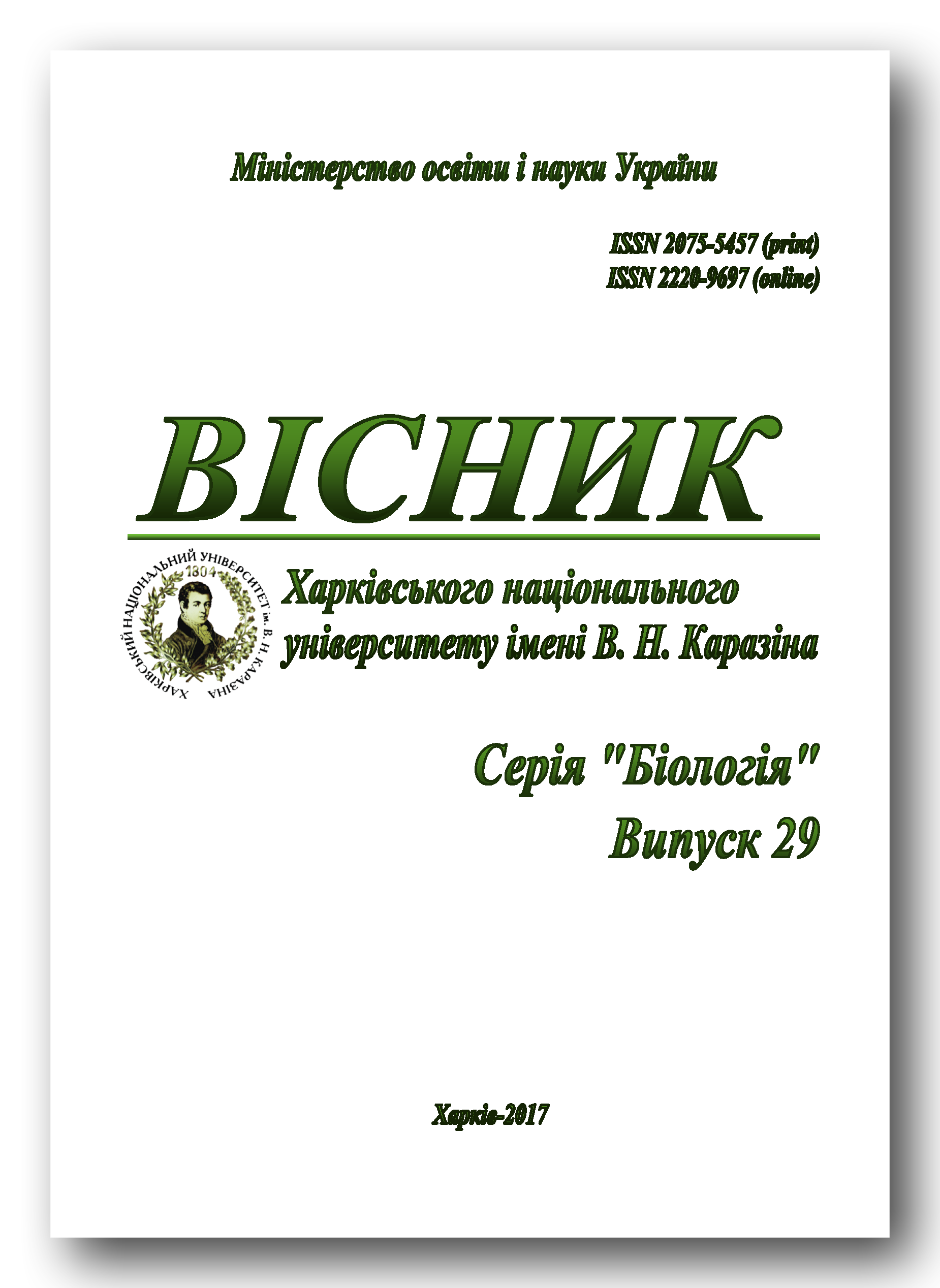Modern methods of the faunistic research of terrestrial water bears (Tardigrada)
Abstract
Water bears (phylum Tardigrada) are microscopic invertebrates inhabiting water pools as well as thin water films in terrestrial ecosystems. So called “terrestrial” tardigrades include representatives of eutardigrades (class Eutardigrada) and armoured tardigrades (class Heterotardigrada, family Echiniscidae) which can be found in soil, leaf litter, in mosses, lichens and some other habitats. At the moment faunas of tardigrades are studied insufficiently and very unevenly. Besides, a lot of data obtained a long time ago became outdated and new studies are needed. A review of methods commonly used in faunistic studies of terrestrial tardigrades is given here. First of all, methods of sampling and storage of samples containing tardigrades are described. Further, systematic criteria of tardigrades and approaches to their identification are discussed along with the methods of routine species identification (the main of them are making slides and studying them with various techniques of light microscopy. The universal standard for many methods does not exist, so different approaches are discussed, that were experimentally proven to be effective and are widely accepted as satisfactory. The methods of electron microscopy and genetic studies of tardigrades are also described.
Downloads
Authors retain copyright of their work and grant the journal the right of its first publication under the terms of the Creative Commons Attribution License 4.0 International (CC BY 4.0), that allows others to share the work with an acknowledgement of the work's authorship.




